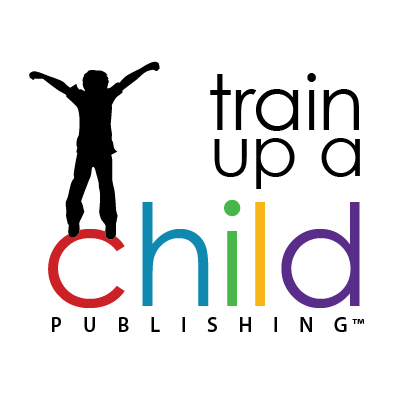Editor’s Note: the links you see on this page are affiliate links. Should you buy one or more of these books, we might make a small commission at no extra cost to you. But a thousand thanks for supporting us in this way!
Order World History I books here at the same time your order your World History I curriculum
Use our book links to the exact editions used in our literature-based World History I course for homeschooled high school students! This way, you may order your World History I books at the same time you order your curriculum. We’ve put together some great, living books for this course that will help your high school student be immersed and engaged in world history in a way that textbooks can’t achieve!
If your student is taking this course with a class, we recommend checking with the instructor to ensure this edition is appropriate for the class.
Remember when ordering through Amazon that you do not pay shipping if you buy qualified books and your order totals $35 or more. If you have an Amazon Prime Membership, you don’t pay shipping and you usually receive your order within two days.
Additional reading selections in this high school course are not included here because they are readily available online for free.
Unit 1: Ancients I
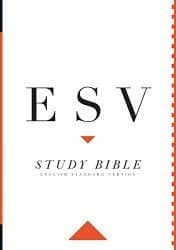
Our World History I course will allow your student to see the Bible as actual history, as your student will begin by reading the Old Testament’s historical portions in any translation you currently use.
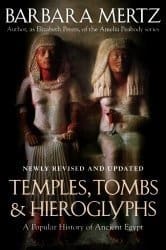
Written by an expert Egyptologist as well as a popular historical fiction writer, this very readable book gives us a fascinating picture of a culture that left behind quite an archaeological feast. This book details the life of the pharaohs and other important characters in Egyptian society and includes the results of the most recent excavations and historical research concerning Ancient Egypt.

You really can’t understand China today without understanding China’s ancient past. Although China doesn’t have the oldest culture in the world, a certain number of characteristics have remained essentially the same for centuries! This book provides a readable summary of Chinese political history and its culture, interweaving an introduction of Chinese art, poetry, and other cultural expressions chronologically through its history. We will read the first part of this book in this course and the second in World History II.
Additional Honors Suggestions for this quarter (optional):
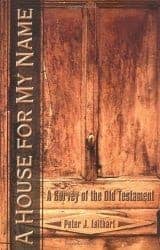
This is an excellent, readable though scholarly book containing analysis of literary features of the Bible as well as historical events, appropriate for a World Literature course as well as World History. It is most effective for students (and teachers) who are familiar with Bible study and have a competent working knowledge of the Old Testament. There are study questions at the end of each section of reading, which we have included as one of our Honors assignment choices in this unit. This is a chance for your honors student to dig deep into the truths of Scripture!
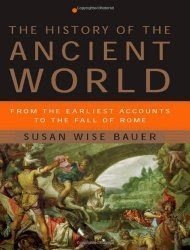
This is a comprehensive, lengthy but readable book that covers the time periods of Ancients I and II. We would recommend this book only for very advanced readers unless it is assigned as summer reading prior to taking this course, as there is already an abundance of reading in this curriculum for the average student. Note that the author is an ‘old earth’ proponent.
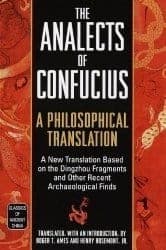
This is a wonderful introduction to the philosophy of Confucius. Although appearing quite long, this book includes Chinese as well as the readable English translation. Multiple translations of this book are available, but this is the one we recommend based on its readability.
Unit 2: Ancients II
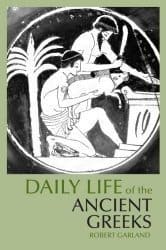
This well-researched and readable history contains many details about the Ancient Greeks’ everyday life. Divided by topic, it includes interesting descriptions of the people in their public and private lives. We loved this book because it attempts to help the reader discover what made the people “Greek.” Maps, illustrations, a glossary of Greek terms, and a helpful index are included. Note that this book begins during the Ancients I period. We recommend your student take reading notes of the predominant characteristics of the Greek people and how they lived.
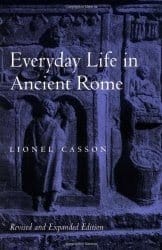
Specifically focusing upon the Roman Empire during its peak of prosperity from AD 100-300, this book provides a vivid look into the Roman culture, from the lowly slave up to the powerful emperor. It also offers the reader a glimpse of typical life in the country and city, describes what amused the average Roman citizen, and explains what he believed. Very informative and valuable for understanding the Ancient Romans in all walks of life.
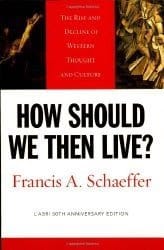
In this highly acclaimed Christian classic, the author traces how history has shaped what we believe and how we live today. Beginning with Ancient Rome, key cultures are analyzed to help the reader identify and understand our society’s gradual moral decline. The author, the renowned Dr. Francis Schaeffer, hoped that this analysis would enable us to recognize and choose to refute what our culture commonly tells us to believe instead of what we biblically know to be true. A must-read!
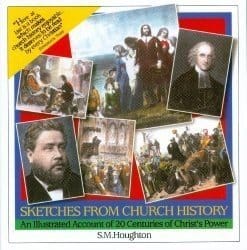
The author, writing from the Reformed viewpoint, explains the progression of the Christian Church from its New Testament inception through the end of the 1800s. Included is a description of the beginnings of the Catholic Church and the development of papal authority through the modern missionary movement. In this unit, we will read about the founding of the church and the early church fathers through the advent of Islam.
Additional Honors Suggestions for this quarter (optional):
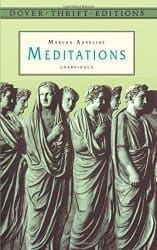
This well-respected translation of Marcus Aurelius offers not only his thoughts on life and existence but also insights into his character.
Unit 3: The Middle Ages

A college professor and specialist in medieval studies provides a quickly moving yet detailed overview of the entire Middle Ages. The author’s conversational writing style makes this book easy to read, and the variety of illustrations brings this period to life! Not only will the reader glean an overview of the many political, cultural, and religious upheavals during the fifth through 15th centuries, but also acquire a picture of the average person’s daily life during the Middle Ages. Note: Because there is some overlap between this book and others we are reading, it may be skimmed and/or used as a resource for research, but we have included it because it is a comprehensive overview of the entire Middle Ages.
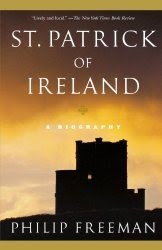
This fascinating and well-researched biography of St. Patrick was based on two letters written by his hand as well as archeological evidence, British and Roman records, and papal documents. Where there is no direct information, the author has factually represented life as it was during the fifth century in Roman Britain and Ireland. If you’ve never read a book about St. Patrick, you will be amazed at his incredible story!
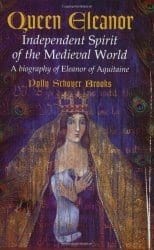
This captivating overview is of the life of one of history’s most intriguing characters, Eleanor of Aquitaine. First, the queen of France before becoming the queen of England, Eleanor could be considered a woman WAY ahead of her time. This book will take you from when Eleanor was a child until her death at age 82 (after outliving eight of her ten children). This readable and entertaining book about the mother of both King Richard the Lionhearted and King John (remember them from Robin Hood?) describes her reigns of both France and England, her innovations of chivalry and courtly love into English court life, and her influence throughout Europe through her progeny. Despite her faults, she was a remarkable woman!
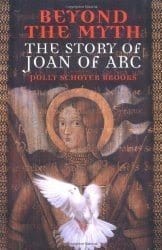
Another understandable and well-researched book, Beyond the Myth, traces Joan of Arc’s life from her childhood to her incredible visions and heroic actions on behalf of her beloved France, and finally, through her betrayal and tragic death at the hands of her enemies.
Additional Honors Suggestions for this quarter (optional):
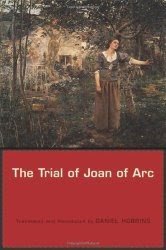
This excellent translation from the original Latin is the definitive primary source containing the actual transcript of Joan’s still-controversial trial at the hands of the English.

This unique book, reading more like a novel than a historical account, traces the blossoming of both political and religious freedom beginning with the signing of the Magna Carta. You may read half of this book now and half during the next unit. Warning: this book is not a politically correct read that has removed all the gory parts of history like most textbooks you’ve encountered. This is the real deal that doesn’t shirk from telling you about the brutality of the leaders during this time period. After reading this book, you’ll be more grateful for the liberties we enjoy today and what was sacrificed to attain them!
Unit 4: The Renaissance & the Reformation
In this unit, we continue reading several books from previous units in addition to the following:
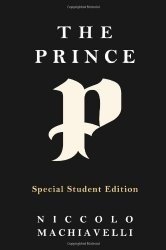
Written by an astute observer of human nature and Florentine political adviser at the height of the Renaissance, The Prince exemplifies the changes occurring during this period in history, as well as the movement from the religious to the secular. Machiavelli’s revolutionary idea that morality was not necessary, and often even a hindrance, to sound political judgment is an all too familiar and modern concept. If you read this along with your student, you’ll recognize how it describes even modern political movements and actions and Machiavelli’s influence on management theory. (I first read it as part of a great book program while in management training years ago.)
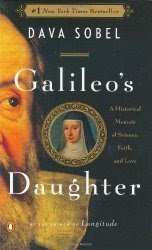
Although there are hundreds of books on this well-known character, only Galileo’s Daughter reveals Galileo not only as an innovative scientist but also a somewhat impulsive trouble-maker (at least in the eyes of his detractors and the Catholic Church) while being a loving father, emotionally dependent upon his cloistered eldest daughter, Maria Celeste. Based upon papal documents, 124 existing letters from his daughter, and other research, the author provides the facts concerning much of Galileo’s life, including his innovative inventions and his punishment at the hands of his beloved Church.
This fascinating, quick-moving read about the colorful Sir Francis Drake is a fantastic summary of the Spanish-English conflict to establish who would be the king of the seas, ending with the Spanish Armada. There are many leadership lessons to be learned by comparing the styles and practices of both sides of this fierce battle! Well-researched by a master storyteller, the author tells the story of Drake’s life set in the politically-charged Elizabethan Age, in the Sea King.
Additional Honors Suggestions for this quarter (optional):
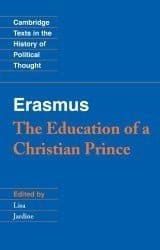
Like The Prince, this book is written to instruct a prince of the time period and expresses the thoughts and beliefs of its author, Erasmus, who lived during the Renaissance and contributed much to early political thought. Unlike Machiavelli, the author of The Prince, Erasmus, was a religious man who sought to reform the Catholic Church and did not try to completely separate political from moral behavior. It is more economical to order a used copy or find this one in the public library.
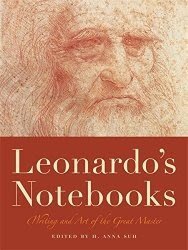
This gorgeous book is a careful and sensitive compilation of many of Leonardo Da Vinci’s most profound writings. Including over a thousand exquisite examples of his pencil drawings and their corresponding translated notes, readers will be amazed at the breadth of knowledge and incredible powers of observation of this Renaissance genius!
